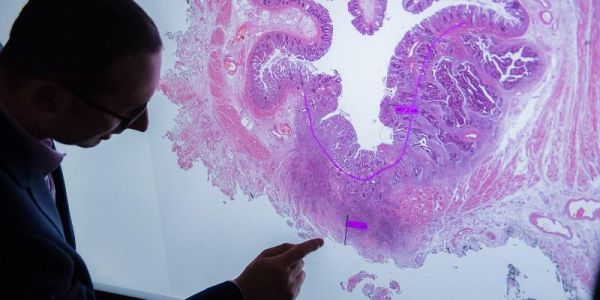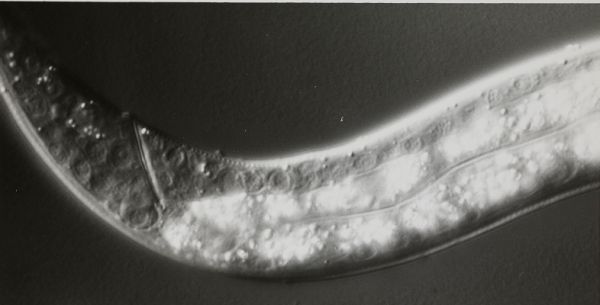Statement
University of Leeds statement: Trans Equality Policy and Guidance and associated IT issues.
University of Leeds statement: Trans Equality Policy and Guidance and associated IT issues.

Leeds has been recognised as a Centre of Excellence in the way it integrates research and treatment for difficult-to-cure brain tumours.

Bowel cancer patients in Yorkshire will continue to benefit from improvements in diagnosis and treatment following a £2.1 million funding boost from Yorkshire Cancer Research.

New energy tariffs designed for a low carbon future could leave people on bad deals even worse off, research has found.

Scientists have taken a significant step forward in their search for the origin of a progressive eye condition which can cause sight loss.

Researchers have mapped the physical organisation of the brain of a soil-living nematode worm, creating a new model for the architecture of the animal’s brain.

Glaciers in West Antarctica are moving more quickly from land into the ocean, contributing to rising global sea levels.

A £4 million research project will develop a new generation of artificial joints that last longer, produce fewer side effects and are better suited for younger people.

The benefits system needs to change in order to properly support claimants during and after COVID-19, a major national research project has concluded.

A blanket ban on the trade of wild meat could create risks for nature and for human health, according to a new study.